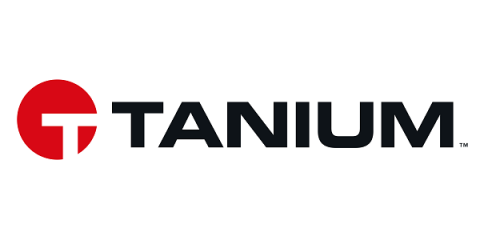Alternative to Apple Cloud Storage: Finding the Best Option for Privacy
Last year, Apple sold 234.6 million iPhones, knocking Samsung off the top spot as the most-sold mobile device since 2010. Each Apple device sold has a default Apple cloud storage plan, iCloud, which offers 5GB of free storage as standard for iPhones, iPads, Macbooks, and iMacs. As Apple's default cloud storage, many may wonder if it is right for them based on needs such as file sharing, backups, accessibility, storage size, security, and privacy.











